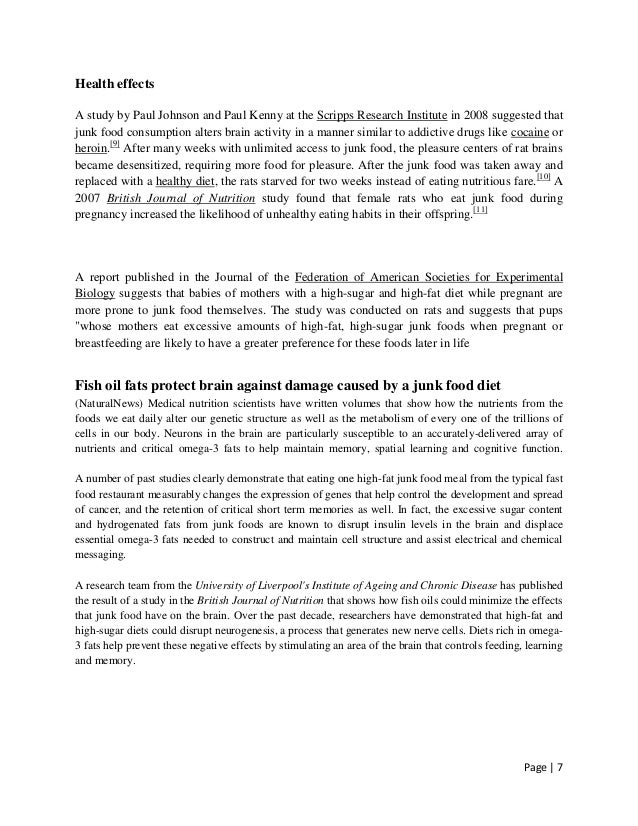Stem Cells and Their Types: (Essay Example), 2317 words.
The mechanism whereby an undifferentiated, quiescent stem cell can give rise to a multitude of differentiated, postmitotic cell types is an area of active investigation and large-scale genomic analysis, 1 and transcriptional profiling 2 of stem cells has led to varying definitions of “stemness.” 3 While truly pluripotent embryonic stem cells have been identified that can give rise to a.Stem cell, an undifferentiated cell that can divide to produce some offspring cells that continue as stem cells and some cells that are destined to differentiate (become specialized). Stem cells are an ongoing source of the differentiated cells that make up the tissues and organs of animals and plants. There is great interest in stem cells because they have potential in the development of.Production of chimaeras with embryonal carcinoma and embryonic stem cells enabled a very thorough investigation of the potency of these cells in the mouse. Human embryonal carcinoma and embryonic stem cell differ from their murine counterparts in a number of respects and, for obvious reasons, their potency is more difficult to assess. Recently, findings attesting to a surprising degree of.
Stem cells, under the right conditions, have the ability to differentiate into many specialised cell types. They can give rise to cardiomyocytes, nerve cells, adipocytes and osteocytes. The most researched stem cell is the adult stem cell, but these cells, except in the treatment of leukaemia, do not often lead to true transdifferentation when used clinically. Much research is still to needed.To measure stem cell potency, it is necessary to consider how hematopoietic stem cells are prepared as a product for infusion. Mobilized peripheral blood (mPB) is collected by apheresis to produce the equivalent of a mononuclear cell (MNC) fraction, that is, a cell fraction with few or no red blood cells, granulocytes, or platelets. The mPB is collected on or after several injections of.

Classification of Stem Cell on The Basis of Their Sources The easiest way to categorize stem cells is by dividing them into 2 types: early or embryonic and mature or adult. There is also a third type of stem cells discovered called induced pluripotent stem cells (iPSCs). Embryonic Stem Cells Embryonic stem cells as the name suggests are mostly derived from embryos at a developmental stage.












